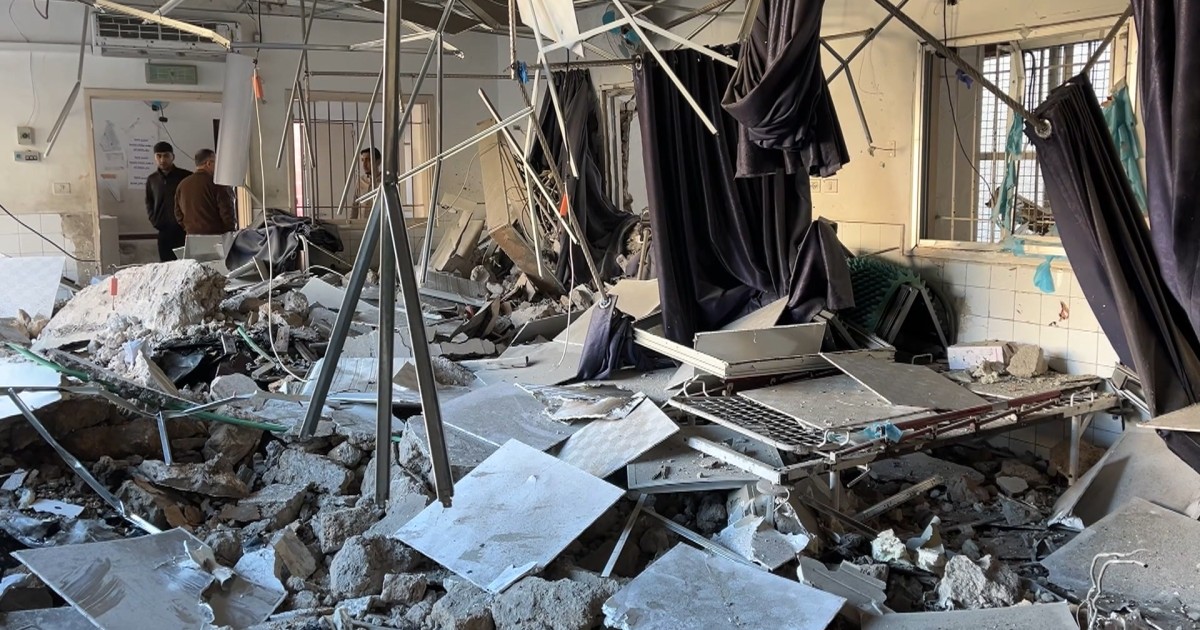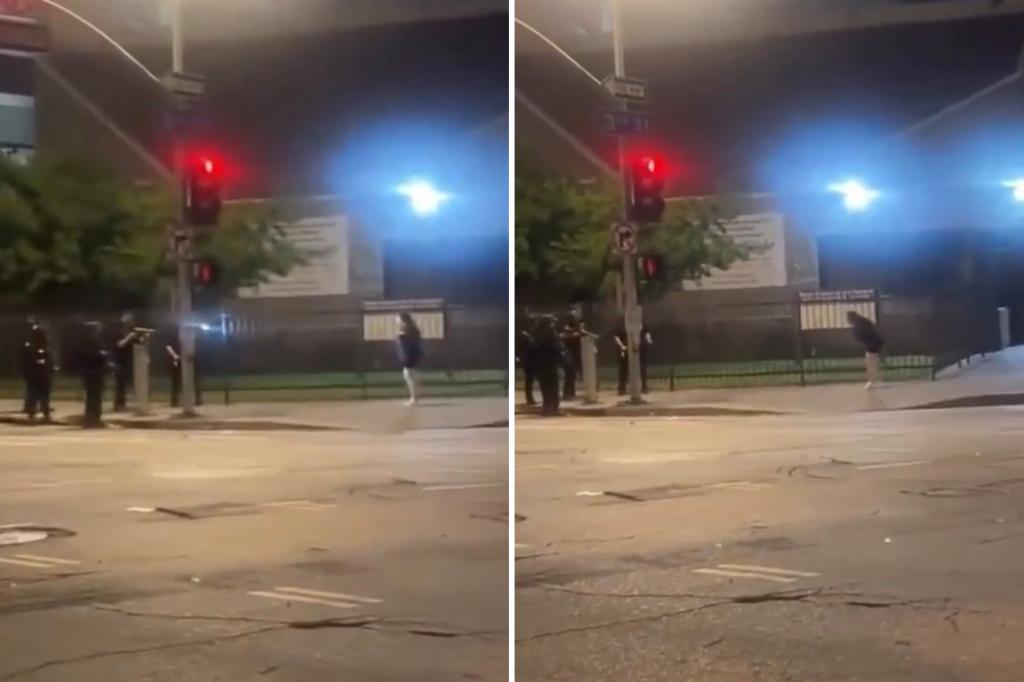Gaza’s Last Hope for Medical Care Under Siege as Airstrike Devastates Hospital
An Israeli airstrike has destroyed one of Gaza City’s last functioning hospitals, leaving thousands without critical medical care amid escalating conflict. The attack on Al-Shifa Medical Center on Wednesday night killed at least 15 staff members and patients while rendering the facility inoperable. With over 85% of Gaza’s healthcare infrastructure already compromised, this strike exacerbates what humanitarian organizations call a “catastrophic collapse” of medical services for 2.3 million residents.
The Immediate Aftermath: A Healthcare System in Ruins
Smoke still rose from the rubble of Al-Shifa’s pediatric wing 12 hours after the bombardment, as desperate families searched for survivors. The hospital had been treating 400 patients daily—including 60 in critical condition—before the attack. Now, stretchers litter the debris alongside shattered IV bags and disabled ventilators.
“This wasn’t just a building—it was Gaza’s central nervous system for trauma care,” said Dr. Fares Al-Khaldi, a surgeon who narrowly escaped the blast. “We’ve lost our last major facility capable of complex surgeries. Children will die from appendicitis now.”
Key statistics reveal the compounding crisis:
- Only 12 of Gaza’s original 36 hospitals remain partially operational
- Medical supplies are at 7% of pre-conflict levels (WHO report)
- 1 doctor remains for every 5,000 residents—20 times worse than WHO recommendations
Why This Hospital Strike Changes the Crisis Equation
Unlike previous attacks on healthcare facilities, the destruction of Al-Shifa eliminates Gaza’s final referral center for specialized care. The hospital contained:
- The region’s last functioning dialysis unit
- Its only neonatal intensive care unit (NICU)
- The central blood bank serving all northern Gaza
Israeli military spokesperson Lt. Col. Avichay Adraee stated the strike targeted “a Hamas command center operating beneath the hospital,” presenting video evidence of alleged tunnel entrances. However, Médecins Sans Frontières (MSF) contested these claims, calling the attack “a disproportionate violation of international humanitarian law.”
“Even if militants were present—which we’ve seen no proof of—the principle of proportionality applies,” said MSF’s emergency coordinator Elias Abu Ata. “You don’t eliminate a mosquito by burning down the rainforest.”
The Human Toll: Stories From the Rubble
Among the recovered survivors was 9-year-old Yasmin Haddad, pulled from beneath a collapsed ceiling after eight hours. Her diabetic mother hadn’t received insulin in three days. “I held her hand until it went cold,” the girl told rescuers through tears.
Nearby, 34-year-old construction worker Omar Bashir dug through concrete chunks with bare hands seeking his pregnant sister. “They told women this was the safe hospital,” he shouted. “Where is safe now?”
Medical staff report impossible triage decisions:
- Premature babies transported to a makeshift NICU in a mosque basement
- Cancer patients receiving chemotherapy on the floor of a UN school
- Emergency C-sections performed by flashlight without anesthesia
International Response and Legal Repercussions
The UN Security Council will convene an emergency session, with draft resolutions circulating to establish protected medical corridors. Meanwhile, the International Criminal Court (ICC) has accelerated its investigation into potential war crimes.
“Targeting hospitals isn’t just unethical—it’s illegal under the Geneva Conventions,” asserted human rights lawyer Amal Clooney. “Article 18 explicitly protects civilian medical units during conflict.”
However, geopolitical realities complicate intervention. The U.S. State Department acknowledged “grave concern” while reiterating Israel’s right to self-defense. Russia and China have called for immediate ceasefire monitors.
What Comes Next for Gaza’s Healthcare?
With no quick solution in sight, humanitarian groups are implementing stopgap measures:
- Emergency field hospitals via the Egyptian border (72-hour deployment estimate)
- Medical airlifts for critical cases (limited to 20 patients daily)
- “Telemedicine” systems using donated satellite phones
Yet these measures barely address the crisis. “We’re trying to fill the Grand Canyon with a teaspoon,” admitted WHO regional director Dr. Rick Brennan. Long-term projections suggest:
- Preventable disease deaths could surpass 5,000 within months
- Maternal mortality may increase 300%
- Trauma injuries left untreated will cause permanent disabilities
A Warning for Conflict Zones Worldwide
This tragedy extends beyond Gaza, serving as a dire case study in healthcare under siege. Similar scenarios have unfolded in Syria, Yemen, and Ukraine—where 40% of medical facilities faced attacks since 2021 (ICRC data). Experts warn these patterns erode decades of progress in global health security.
“When hospitals become battlegrounds, humanity loses,” said former UN Secretary-General Ban Ki-moon. “This isn’t about politics—it’s about preserving the fundamental principle that healing spaces remain sacred.”
As night falls over Gaza, volunteers dig mass graves by cellphone light. The international community faces a pivotal choice: intervene decisively or witness the complete unraveling of medical care in modern warfare. For those wishing to help, donations to vetted medical NGOs can provide immediate support—but only political action can prevent the next Al-Shifa.
See more CNET 247



